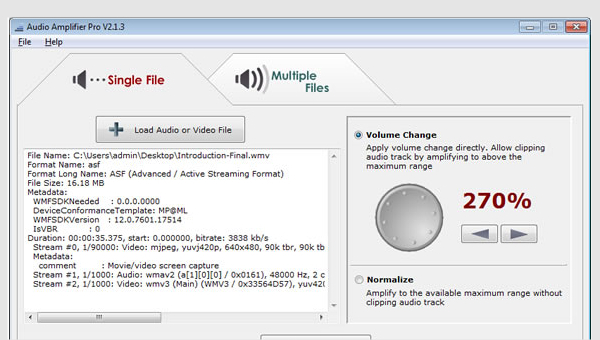


A historical detourīefore diving into the underlying system, you’ll take a brief, historical detour to the 1970s. If something goes wrong, you’ll also want to know how the underlying system works so you can troubleshoot effectively. Automatic code signing is great, but more advanced setups require manual configuration. In this chapter, you’ll learn how to do what Xcode did on your behalf so far. Even the most experienced developers routinely fiddle around with settings until they get something working, without ever understanding how the system should work. You didn’t have to pay much attention to certificates, entitlements, provisioning profiles or code signing.Ĭode signing and provisioning are among the most difficult parts of app distribution - and it’s where most developers run into issues. This feature does a lot of heavy lifting under the hood. In those chapters, the goal was to submit your app for review as soon as possible, so the automatic setting made sense. The previous two chapters took advantage of Xcode’s automatic code signing and provisioning feature. 12.7 More possibilities with automation.11.7 Referencing build settings in code.10.2 Code signing for different build types.7.1 Following the App Store Review Guidelines.6.1 Getting started with internal testing.5.8 Distributing builds with third-party services.4.5 Asking Apple to sign your certificate.2.4 Creating your distribution certificate.Section I: iOS App Distribution & Best Practices Section 1: 17 chapters Show chapters Hide chapters


 0 kommentar(er)
0 kommentar(er)
